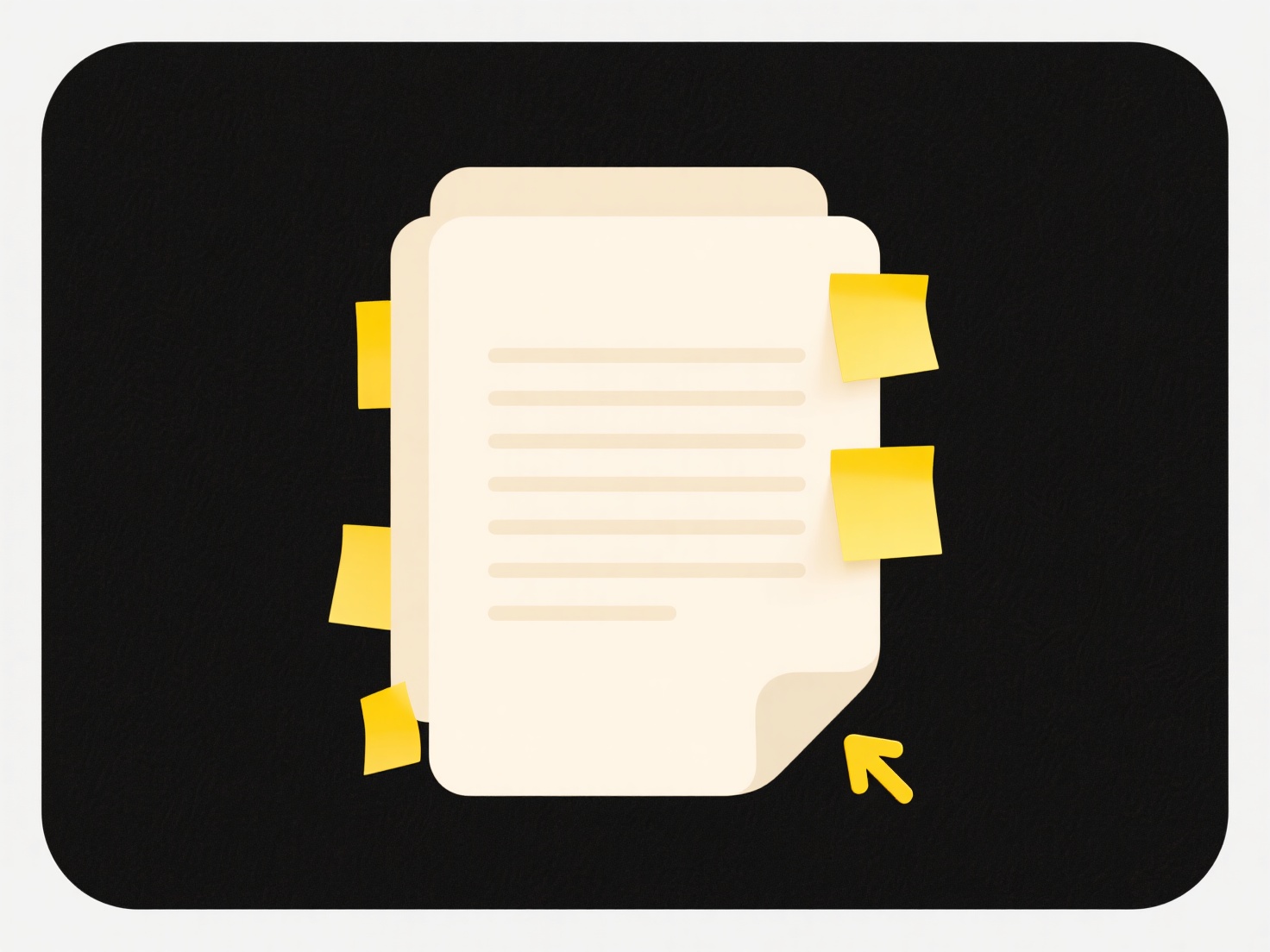
Tools identifying unknown file types analyze a file's data structure and content rather than relying solely on its extension. They work by examining header information ("magic bytes"), patterns, and metadata to determine the actual format, even if the extension is missing or misleading. This differs from basic OS methods, which primarily trust file extensions and may display errors if corrupted or mismatched.

In cybersecurity, tools like TrID (using signature databases) or Linux's file command (checking magic numbers) help analysts classify suspicious attachments during incident investigations. Digital forensics platforms such as Autopsy or online services like VirusTotal leverage file identification to validate uploads and assess potential threats during malware analysis.
These tools improve system security by exposing disguised malware and aid data recovery efforts. However, identification isn't foolproof; extremely novel or deliberately corrupted files may remain unclassified, and encrypted files resist analysis. Ethical considerations include privacy when using online validators. Future developments may integrate deeper AI-driven content analysis for enhanced accuracy against sophisticated obfuscation techniques.
What tools can identify unknown file types?
Tools identifying unknown file types analyze a file's data structure and content rather than relying solely on its extension. They work by examining header information ("magic bytes"), patterns, and metadata to determine the actual format, even if the extension is missing or misleading. This differs from basic OS methods, which primarily trust file extensions and may display errors if corrupted or mismatched.

In cybersecurity, tools like TrID (using signature databases) or Linux's file command (checking magic numbers) help analysts classify suspicious attachments during incident investigations. Digital forensics platforms such as Autopsy or online services like VirusTotal leverage file identification to validate uploads and assess potential threats during malware analysis.
These tools improve system security by exposing disguised malware and aid data recovery efforts. However, identification isn't foolproof; extremely novel or deliberately corrupted files may remain unclassified, and encrypted files resist analysis. Ethical considerations include privacy when using online validators. Future developments may integrate deeper AI-driven content analysis for enhanced accuracy against sophisticated obfuscation techniques.
Quick Article Links
What’s the best format for printing?
The term "best" printing format depends heavily on the specific use case, material, and intended output device. There is...
Why can’t I open a 3D model file (.obj, .fbx)?
You might be unable to open a 3D model file (like .obj or .fbx) primarily due to software incompatibility. These are spe...
Are duplicate files more common with cloud storage?
Duplicate files occur when identical copies of a file exist within a storage system. While cloud storage providers thems...